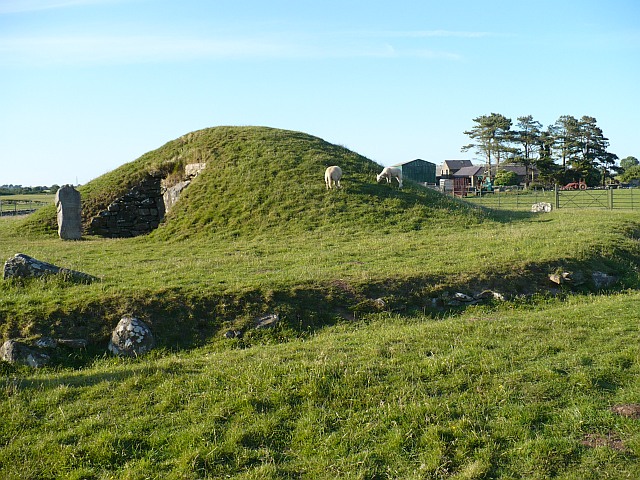- 200 years
- Study
- International
- Business and employers
- Research
- About us
Two-week excavation will culminate in public event

Bryn Celli Ddu is one of Wales' best-known ancient burial sites
ARCHAEOLOGISTS from Manchester Metropolitan University will start work tomorrow excavating the ancient burial site of Bryn Celli Ddu, on Anglesey.
The two-week long public excavation will see volunteers working alongside University archeologists and the Welsh government’s historic environment service Cadw.
The archaeologists will be exploring the monument’s Neolithic rock art, and the event will culminate in a public open day and celebration of the Summer solstice from June 19 to 22. The team will also be working with artist Angela Davies, who will be creating works in response to the project.
Dr Seren Griffiths, Research Associate in Archaeology at Manchester Metropolitan University, said: “Passage tombs are rare monuments along the Atlantic fringe with examples in Orkney, Anglesey, Ireland, France, Spain and Portugal. The nature of the monument and the rock art at Bryn Celli Ddu makes it internationally important.”
Complex history
Bryn Celli Ddu was first explored seriously in 1865, and thoroughly excavated in 1928 and 1929, revealing something of the long and complex history of the site.
It is thought it was initially a “henge” or ritual enclosure, begun around 5,000 years ago in the later Neolithic era. At a later date this henge made way for a passage tomb, a type of burial monument found around the Irish seaboard and as far afield as Brittany.
Some interesting archaeological finds have been made around the site, but Bryn Celli Ddu’s unique attraction is that it is the only burial tomb on Anglesey to be accurately aligned to coincide with the rising sun on the longest day of the year.
At dawn on midsummer solstice, shafts of light from the rising sun penetrate down the passageway to light the inner burial chamber.
Spin-off project
The project is a spin-off from the AHRC-funded Heritage Together scheme, set up by Dr Ben Edwards, also of the University's archaeology department, last year.
The project encourages the public to photograph Neolithic burial sites and standing stones around North Wales and Anglesey which will then be turned into 3D images and published on the web.
Heritage Together is a collaboration between Manchester Metropolitan University, Bangor University, the University of Aberystwyth and Gwynedd Archaeological Trust.
Monday, 8th June 2015
